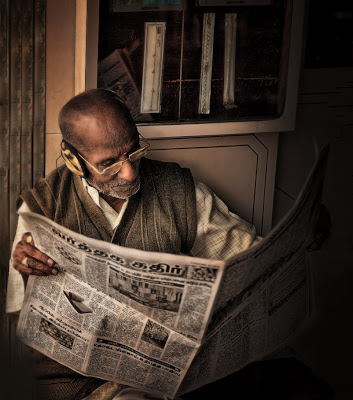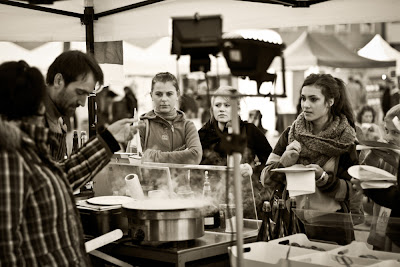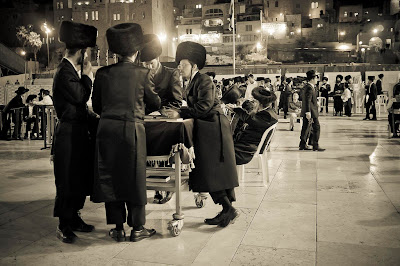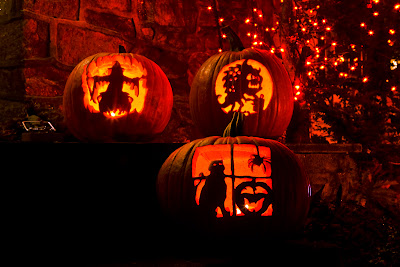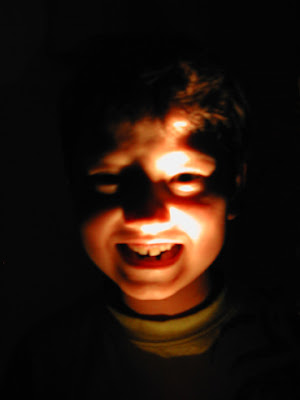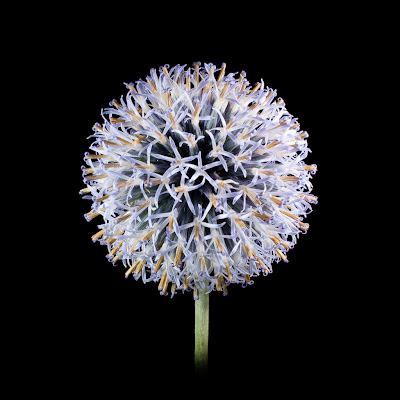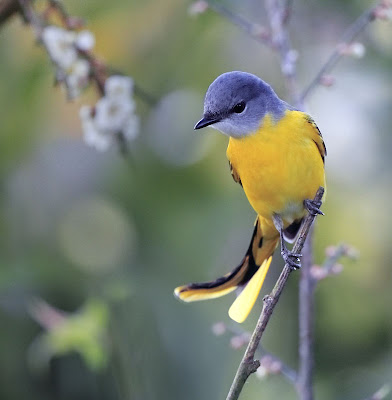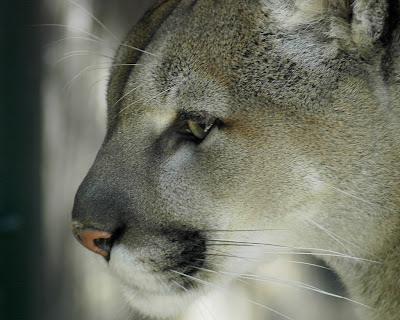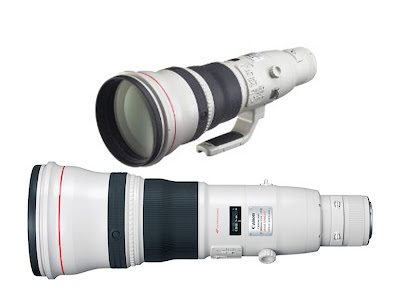1. Mushrooms, Toad Stool or Fungi - Where to Find Them
Each type of fungi needs slightly different types of habitat to thrive. As a general rule they prefer moist, shady regions to open sunny patches. Best places to look for them are on fallen branches, decaying vegetation and stumps, moss covered logs, dense leaf litter etc. Most mushrooms sprout on the first clear day after the rains, but bear in mind that not all mushrooms sprout during the same time of the year, so it is best to keep looking for them during different seasons.
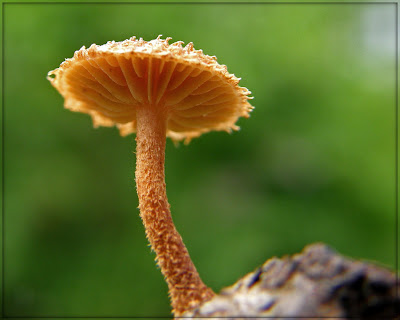 |
| Photo By Kicki Holmen |
2. Buy a Good Book on Mushrooms
If you are serious about photographing mushrooms, you will probably need to identify the species that you shoot. Buying a good book on mushrooms will help you identify each species, their habitats, peculiarities, sprouting seasons etc. A good field guide or pocket guide on mushrooms with pictures will be easy to carry with you in the field.
3. Invest in a DSLR and a Dedicated Macro Lens
Most mushrooms are very tiny and are often found in low light conditions which make them hard to capture in photos. Even though you could capture most mushrooms with a point and shoot digital camera having a DSLR and a dedicated Macro Lens which could go up to 1:1 magnification will help you take great pictures in all kinds of tricky situations that the mushrooms would present to you. With a DSLR you have complete control over exposure and it also lets you use accessories like external flash units and triggers for off camera lighting.
 |
| Photo By Arbana |
4. Accessories for Stabilizing your Shot - Tripod / Gorilla pod / Beanbags – Remote trigger
Low light shooting conditions in which the mushrooms are often found will call for the use of longer shutter speeds that would rule out hand holding and require some method to stabilize your camera. Having a sturdy tripod, preferably one which legs could be splayed to place camera in very low angles is the best option. If you do not have one you could make do with a gorilla pod or a beanbag. Wireless remote or cable release could also be very useful in such situations, also enable the mirror lock up feature if your camera has one. You could use the self timer function if you do not have a wireless or cable release and you could shoot in live view mode to bypass having to enable mirror lock up feature.
5. Turn off IS, Use Mirror Lock Up and Manual Focus
When the camera is being used on a tripod it is best to turn off the Image Stabilization feature, enable mirror lock up function if your camera has that feature, put your lens to manual focus and focus manually as auto focus is not that accurate and reliable with very small subjects that are only inches away from the tip of the lens.
 |
| Photo By Le Piment |
6. Use a Circular Polarising Filter
Using a polarizing filter will help saturate colours and also remove any unwanted reflections.
7. Useful Accessories – Extension Tubes, Close up Filters, Macro Focusing Rails
If you do not own a dedicated macro lens that could go up to 1:1, and if you are on a budget it is a good idea to get yourselves some extension tubes or a close up filter that will help increase the magnification factor of your existing lens by enabling it to focus closer. A good macro focusing rail is very useful when you require to make minute adjustments, once you have set up your shot with the camera on a tripod. The rail goes in between the camera and the tripod head and will enable you to shift the camera in 4 directions, front – back and side to side.
8. Off Camera Lighting
Mushroom photography is nothing but Macro Photography in low light conditions. So it calls for the use of artificial lighting equipments. Even though the on camera flash when used with the correct amount of compensation could produce acceptable results for study purposes; for the aesthetic minded photographer the image will still look somewhat flat and unattractive. The most effective method to light mushrooms is by the use of multiple off camera flashes. You will need at least two external flashes which could vary their power and some method of triggering them (Ettl cable or wireless triggers) The key light used for the subject (mushroom) will come from a flash which is used with a diffuser and other flash units used to light up the background independently. You will find reflectors and mirrors are very useful in certain situations and are often very easy to employ; but they have a lot of limitations.
 |
| Photo By Lutz |
9. Rain Protection for you and your Camera
Since mushrooms are often found in very moist and wet places, especially during the rainy season, make sure you always go prepared with suitable rain protection gear both for you and your camera.
10. Be prepared to get dirty, get wet
Mushrooms are no more than a couple of inches in size and are often found on the ground, this means to get good pictures of them a photographer who is dedicated enough to get the shot would need to sit on the ground or even lie down to get the desired angle. We have already mentioned earlier about the habitats in which mushrooms are found. So be prepared to get dirty, and get wet while hunting mushrooms. You could expect to stay reasonably dry if you have some kind of ground cloth or a plastic bag or material with you on which you could lie down.
11. Pay attention to your Backgrounds
Pay attention to your backgrounds, observe the subject closely and identify different angles from which it could be shot. Also take notice of what constitutes the background from each angle. Background is as important an element as the main subject in photography. You will require a background that complements your subject, which is not cluttered and which does not have any elements that compete for attention. Since mushrooms are tiny subjects you have much more control over your background. You could either choose to use wide open apertures which would completely blur out the background with only the subject in focus or you could shoot from very low angle and get the sky as your background (a good trick to achieve deep blue sky is to use off camera flash to light the mushroom and underexpose the sky by a couple of stops) or use artificial backgrounds like placing a broad leaf behind the subject at a distance etc.
 |
| Photo By Israel Gutierrez |
12. Pick the best Specimen to Shoot
If you have more than one specimen available at the place, make sure you choose the best specimen among them to shoot. While choosing which one to shoot, look for freshness, colour, shape, what constitutes the background etc.
13. Take Record shots
While photographing mushrooms make sure you take record shots of all the species. Record shots are wide angle shots that show the mushrooms along with a good deal of environment or the habitat in which it was found. It serves as a guide as to where and in which conditions could one expect to find the species.
 |
| Photo By Robert Voors |
14. Spend some time Grooming your Fungi
This is an important point, once you are done with taking record shots; it is now time to make the mushroom look as beautiful as possible. Most of the time you will find your specimen covered in sand, moss or other kinds of dirt. Use a light brush to slowly brush off the debris from your mushroom. Always carry a can of water so you could sprinkle a little bit of water over your mushroom which will make it look fresh. Look out for what constitutes the background if there are elements that you would not like to be in the shots remove them, sometimes you will find artificial things like bottle caps, cigarette stubs etc, which won’t be that noticeable when looking directly but will show clearly in the picture.
 |
| Photo By Dirk Huijssoon |
15. Experiment with Shooting Angles
Try shooting your mushroom from every possible angle, from high above to low down in the ground. Some mushrooms have bright colours and great texture on their underside, shooting from low angle makes them look larger in perspective. At times you will find mushrooms growing on tree stumps, a slight rise, etc which allow you to shoot from even lower angle.
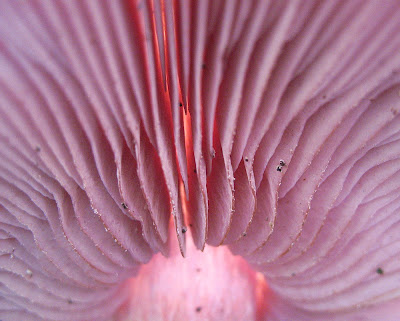 |
| Photo By Rachel |
16. Play with Depth of Field
Depth of field determines exactly how much of the subject or scene is in focus. Extremely shallow depth of field when used creatively would render the background in a smooth blur with only the subject being in sharp focus. This could make for pleasing backgrounds and good portrait pictures. But when you wish to show a bit of environment and you need mostly everything in the frame to be in reasonable focus you need to use large Apertures. The depth of field preview button on your camera will be a very useful feature to pre-visualize the effect when using different apertures. It is best to shoot every specimen with varying apertures or if that proves to be a hassle try using the camera in Aperture Priority Mode (AV) with Auto Exposure Bracketing feature. You will never know which frame looks better when viewed in a much larger screen than that of the camera’s LCD.
 |
| Photo By Lee D Baker |
17. Be safe
Last but not least when it comes to mushrooms if you are not an expert in mushroom identification then it is better to stay safe and do not touch them with your bare hands. Also make sure they do not come in contact with bare skin. Some mushrooms are completely harmless and are edible. They are served as delicacies in restaurants in different parts of the world. But some members of the family are very poisonous and could cause severe injuries or even death. Remember Death Cap is one of the common names used for mushrooms. So even if you have a pocket guide or mushroom book with you and you are confident that the mushroom you have found is pretty harmless, if it has not been identified by an expert or a naturalist then it is better to stay safe and keep you bare hands off it.
 |
| Photo By Tobias Schlatter |


